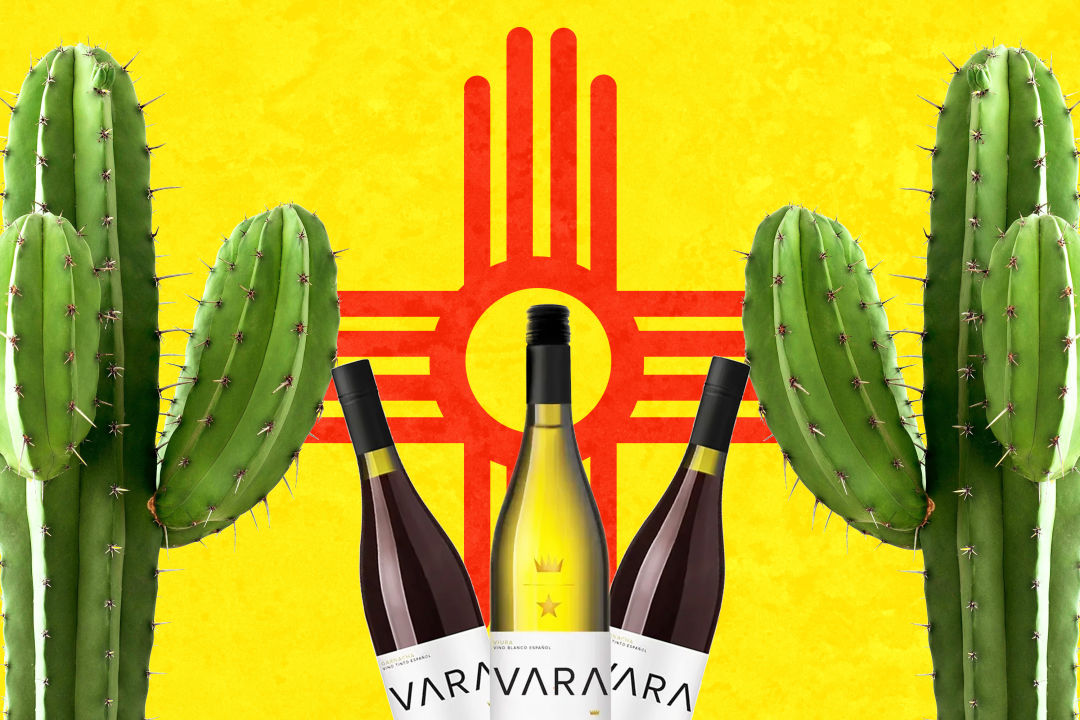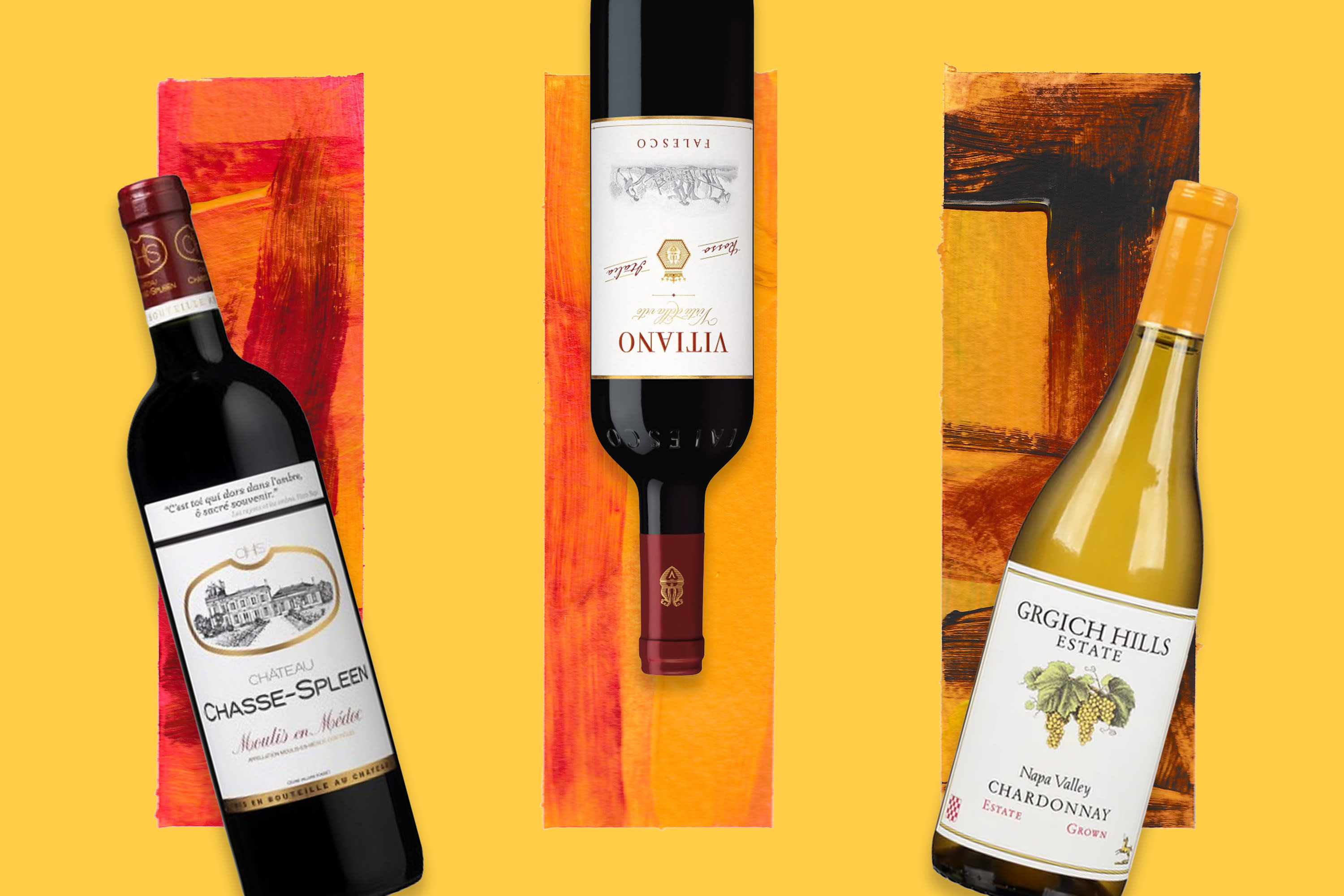An Introduction to the World of New Mexico Wine

Spain makes some of the finest and most affordable wines in the world. My favorites are albariño (white) and tempranillo (red), so I became intrigued when I was offered to try an albariño and a mencia (another red) from New Mexico, a state not known for its wines.
The albariño was as good as any I have had. Same for the mencia, which was full-bodied and rich, not like the thin ones I have tasted in the past. The grapes were not grown in New Mexico but the wine was finished there—not a new phenomenon. Wineries have cropped up in most U.S. states, but in many cases the grapes are not grown there and since the wineries may have little control over the grape cultivation, most of the wines are marginal. However, I was very surprised to see the exceptional quality of the two from New Mexico.
Historically, wines have been made at the source, which in Europe was the château. At the time, bottles were expensive and there was no common measurement of volume, so it was customary for châteaux to ship wines in barrels and then the wine merchant, usually in England, would measure out quantities for the consumer, who would bring their own vessels. (Shipping Madeira in barrels by ships to our early colonies, for example, improved it to the point it became our most popular drink.) As bottles became more available and contents standardized, châteaux would bottle their wines on their premises and the phrase “estate bottled” or “mis en bouteille au chateau” could be found on most wines.
Now Bob Lindquist and Louisa Sayer, formerly of Qupé winery in California, have set up an operation where they import unfinished wines from Spain and California and finish in New Mexico under the Vara label. Their idea is to celebrate the arrival of vines in New Mexico 400 years ago, when missionaries brought them to the region.
The albariño is sourced from the pair's own vineyard in Edna Valley, California, while the mencia comes from vineyards in El Bierzo, Spain, and is combined with garnacha and cabernet sauvignon from Montstant, also in Spain. Lindquist and Sayer also have a long history of supporting Rhône and Spanish varieties in California.
I spoke with Vara chief executive officer JP Clement about the company's process. He told me their team visits their vineyards in California and Spain regularly to specify everything from ripeness to fermentation. After fermentation, the newly fermented wines are shipped to New Mexico in large collapsible containers by boat for élevage, the process of elevating or nurturing a new wine prior to barrel aging and bottling.
Vara has also partnered with Laurent Gruet, a New Mexico sparkling wine producer and heir of the eponymous Champagne house, to produce an excellent sparkling wine. Grapes for the sparkling wine include chenin blanc from New Mexico and pinot noir and chardonnay from California, blended with macabeo and xarel-lo from Spain. The wines are currently not distributed in Florida but are available from the winery. For a taste of New Mexico, order some today.
Bob McGinn has spent his entire career in the wine industry—forming wine clubs, working in wine sales marketing and engaging in all facets of the winemaking process, including vine management, fermentation and yeast analysis. He has developed wine programs for companies such as Marriott, Sheraton and Smith & Wollensky, and consults with local restaurants. You can read more of McGinn’s work at gulfcoastwinejournal.com.



